Top 10 Hard to Kill Houseplants
Updated: Jan. 26, 2024
These low-maintenance. hard to kill houseplants will thrive in your space, no matter what, even if you don't have a green thumb.
Some of us may not have the greenest of thumbs, but don’t let that stop you from enjoying all the benefits of houseplants. Not only are there plenty of low-maintenance houseplants to grow, houseplants add living beauty to your space and help purify the air, giving you a boost in both body and spirit. (Though do keep in mind that some houseplants are toxic to pets or children, so check aspca.org or children’s health websites before incorporating houseplants into your home.) These hard to kill houseplants will flourish under the care of beginners and even the most forgetful gardeners.
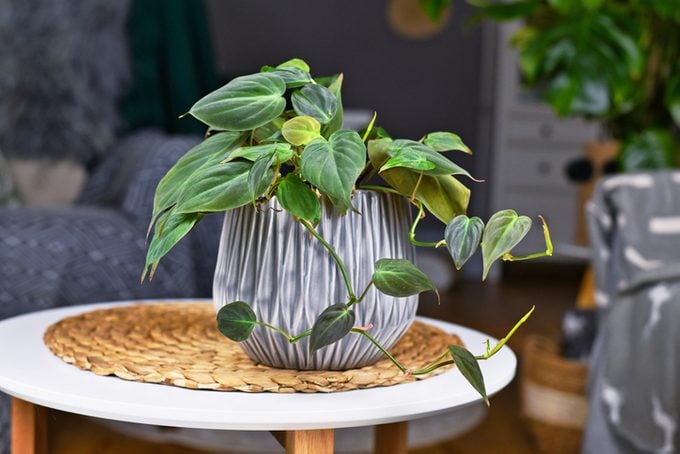
1. Philodendron
Add a subtle touch of burgundy or golden yellow to your living space with the wide, waxy leaves of philodendron. Try the varieties McColley’s Finale or Prince of Orange for colorful philodendron that are low-fuss. This houseplant can grow quickly, though, so keep it well groomed by trimming it back, staking upright types or winding the foliage around itself.
Why we love it: There are two types of philodendron: vining and non-climbing, so it’s a cinch to pick the type that best suits your space. It also accents other plants wonderfully.
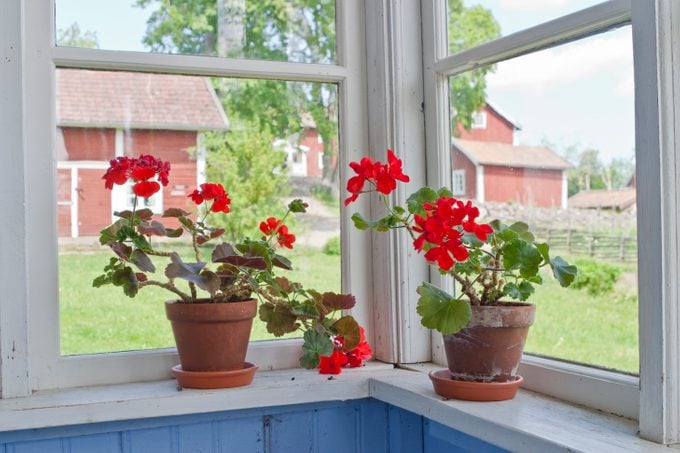
2. Geranium
A reliable and eager bloomer, even in winter, geraniums come in every shade of the rainbow, and then some. If you want to add more than just color to your living space, explore the world of scented-leaf geraniums, which come in fragrances like pine, peppermint, and nutmeg.
Why we love it: Geraniums are hard to kill houseplants that are best left to their own devices. Water thoroughly, but only as needed, then sit back and enjoy the show.
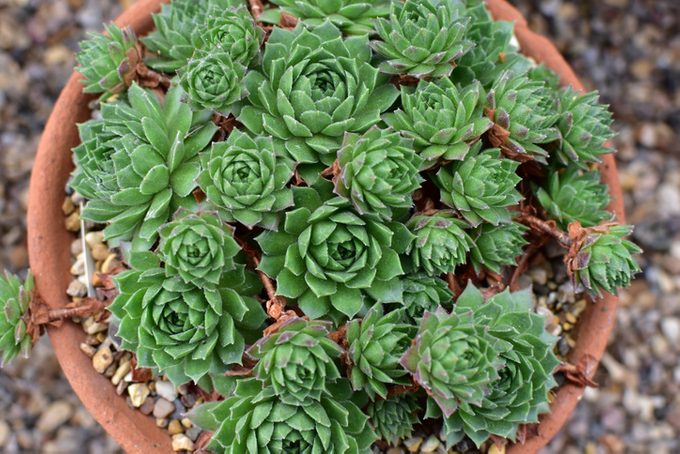
3. Hens and Chicks
Whether it’s a single blooming sempervivum or a whole container of these rosette-shaped succulents, they make for an impressive presentation. These tough little guys need bright light to survive, and just one of these plants will easily propagate many more. This succulent’s only weakness is mealybugs, which can spread to other plants in your home if you’re not careful.
Why we love it: No matter where or how you plant it, hens and chicks will always look orderly and snug in their containers.
Check out the best indoor office plants for a home workspace (or cubicle).
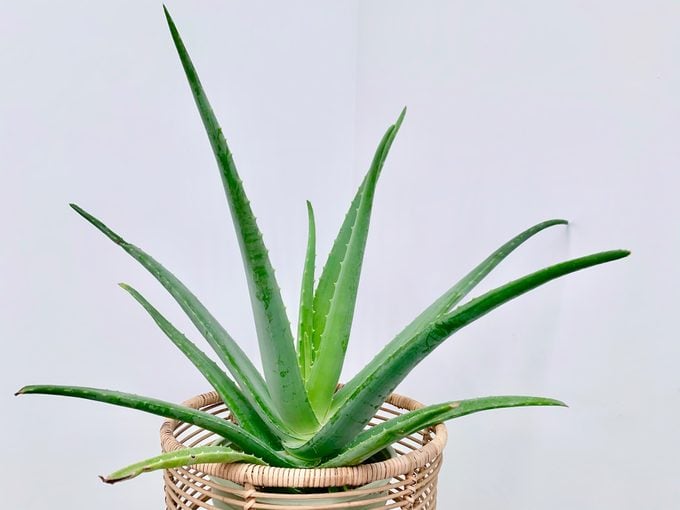
4. Aloe
Want the look of an agave plant on a much smaller scale? Try family-friendly aloe. This funky-looking succulent flourishes in south-facing windowsills where they can get plenty of bright light, but east- and west-facing windows work just as well. Aloe loves company—cluster a few different varieties together in one container for a unique look.
Why we love it: The popular aloe vera doesn’t just look good—it’ll make you feel good, too. The jelly-like pulp inside its leaves is a great home remedy for minor burns and insect bites.
Discover the perfect houseplant for you, based on your zodiac sign.
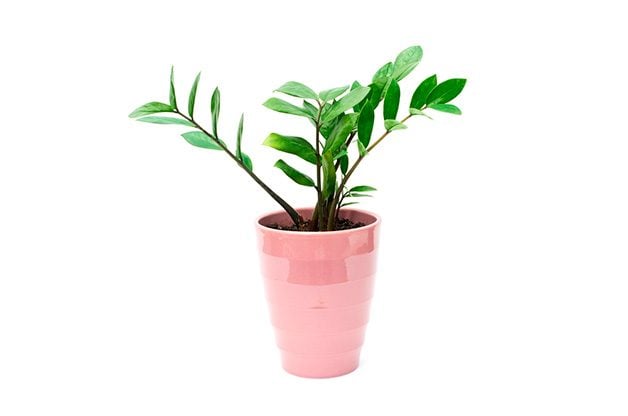
5. ZZ Plant
With no blooms when grown indoors and a slow growth-rate, ZZ plant doesn’t have a lot of frills. But what it lacks in pop, it makes up in polish with its glossy green leaves and vertical, palm-like stems. Splurge a little and buy a mature ZZ plant at the outset and give this slender statement plant its best chance to thrive in the indirect light of an east- or west-facing window.
Why we love it: ZZ plant works with every decorating style, because it looks awesome in any kind of container from a woven basket for a bohemian look to a chic glazed container for a modern space.
We found the top 10 dorm room plants for college students.
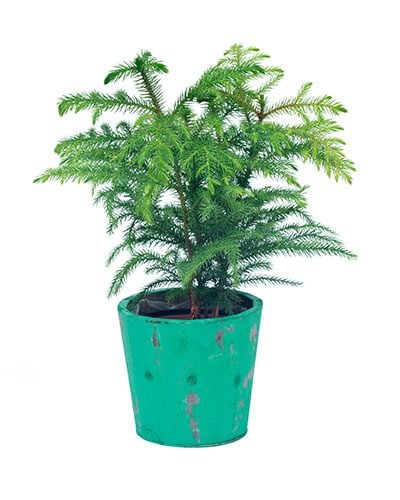
6. Norfolk Island Pine
Create an evergreen forest in miniature with a few Norfolk Island pines. The soft, feathery needles make this live tree friendlier than most. It’ll eventually become a small tree, but slow the growth process a little bit by keeping it tightly potted. Grow it in bright light and keep the soil moist.
Why we love it: Although unable to hold heavier ornaments, Norfolk Island pine can pull double-duty as a Christmas tree. Think cute, homemade popcorn chains, origami, and garland!
Learn why plants are perfect housewarming gifts (and 5 great ones to give!)
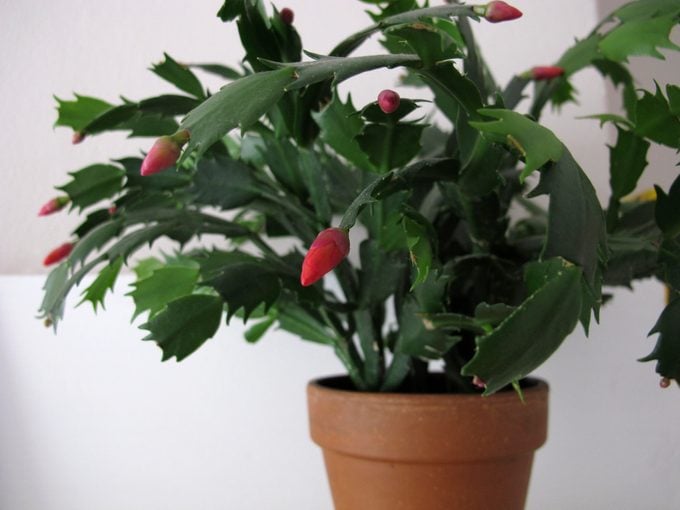
7. Thanksgiving Cactus
There are very few plants that prompt warm, fuzzy feelings of holiday nostalgia like the Thanksgiving cactus. This cactus bursts into beautiful bloom in midwinter, and its plump flowers come in a range of colors. For the best performance, don’t fuss and fret over Thanksgiving cactus beyond watering it when its soil is dry.
Why we love it: This cactus asks for next to nothing from its caretaker and will readily live on for years and years. These hard to kill houseplants also make a thoughtful holiday gift!
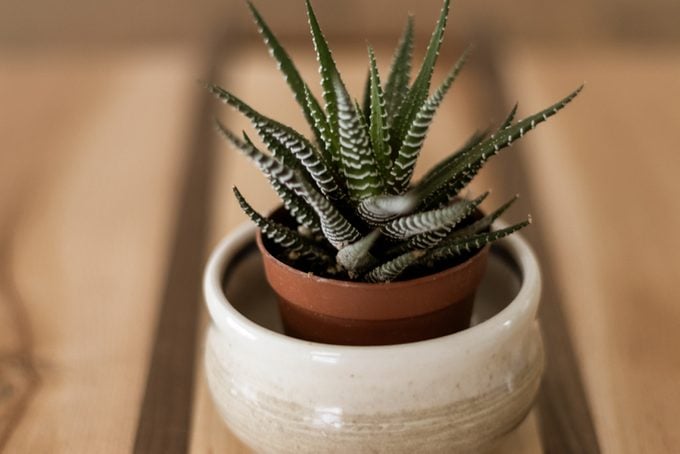
8. Haworthia
It’s easy to guess why haworthia is sometimes referred to as the zebra plant—the white, stripey bumps along its leaves make it stand out in a crowd. Not only is this houseplant eye-catching, it also withstands nearly any abuse thrown at it, since it doesn’t require much watering and does fine in most light conditions, though a south-facing window is best practice.
Why we love it: Haworthia has a long history—it was first referenced in writing in the early 1600s when European explorers brought haworthia back from southern Africa.
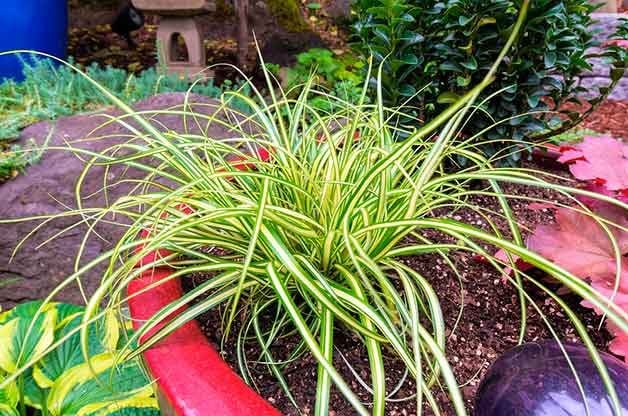
9. Carex
There are thousands of species of carex and they come in all shapes and sizes, but you really can’t go wrong with any of them. You’ll enjoy their elegant bursts of sweeping grass-like blades. If planting a larger variety, like Ice Ballet (C. morrowii), you’ll eventually need a hefty container, but always start with a pot one size bigger than it is currently growing in to prevent root rot.
Why we love it: If you have a habit of overwatering plants, carex is more tolerant of accidental soakings than most houseplants.
Check out the top 10 houseplants for low light.
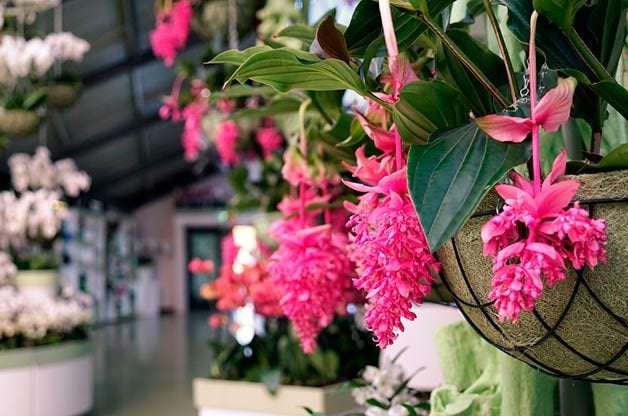
10. Medinilla
Put a medinilla in a room and it will demand your attention with its broad green leaves and pink-then-purple blooms. Give this showstopper houseplant the spotlight it deserves with a heavy container and a south-facing window, then watch as it slowly grows to the size of a small citrus tree (depending on variety).
Why we love it: Medinilla cheers up any room with its bright pink flower clusters during the doldrums of autumn and winter.
Check out these perfect gifts for plant lovers.
Growing Tips for Hard to Kill Houseplants
If you’re interested in dipping your toes a little further into the world of houseplants, we recommend the book The Indestructible Houseplant: 200 Beautiful Plants That Everyone Can Grow by Tovah Martin. Her book is packed with gorgeous photos and easy-to-follow suggestions for growing hard to kill houseplants. Here are her three tips for getting started with houseplants:
Create an environment checklist
How big are your windows and which direction do they face? Do you have a windowsill or furniture that can display your new houseplants? “Consider your space and think about how a little nature might improve the atmosphere,” Tovah says.
Look for houseplants at your local grocery or garden store
Don’t be turned off by potential houseplants that need a little love. Tovah says, “Any plant can become a supermodel when you work up its finer points, and the whole room will be the lucky beneficiary.”
Think about the container
“Go for a creative container that demands a second glance,” Tovah suggests. She has used pots and pans, hollowed tree stumps and colanders, but no matter what you use, be sure there are drainage holes. “Your first consideration should be practical,” she adds.
